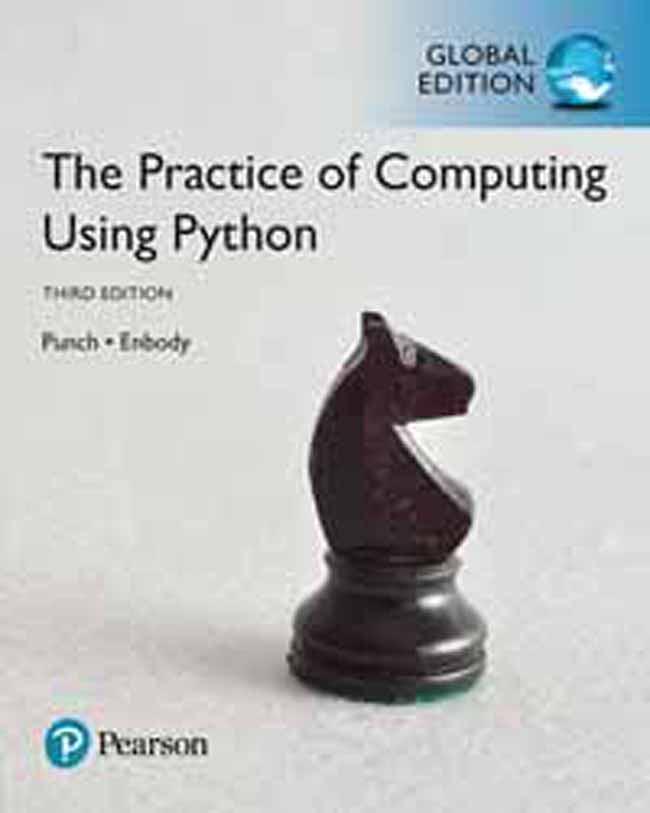內容簡介
內容簡介 For courses in Python ProgrammingIntroduces Python programming with an emphasis on problem-solvingNow in its Third Edition, Practice of Computing Using Python continues to introduce both majors and non-majors taking CS1 courses to computational thinking using Python, with a strong emphasis on problem solving through computer science. The authors have chosen Python for its simplicity, powerful built-in data structures, advanced control constructs, and practicality. The text is built from the ground up for Python programming, rather than having been translated from Java or C++.Focusing on data manipulation and analysis as a theme, the text allows students to work on real problems using Internet-sourced or self-generated data sets that represent their own work and interests. The authors also emphasize program development and provide both majors and non-majors with a practical foundation in programming that will be useful in their respective fields. Among other changes, the Third Edition incorporates a switch to the Anaconda distribution, the SPYDER IDE, and a focus on debugging and GUIs.MyProgrammingLab埞ot included. Students, if MyProgrammingLab is a recommended mandatory component of the course, please ask your instructor for the correct ISBN and course ID. MyProgrammingLab should only be purchased when required by an instructor. Instructors, contact your Pearson representative for more information.MyProgrammingLab is an online learning system designed to engage students and improve results. MyProgrammingLab consists of a set of programming exercises correlated to specific Pearson CS1 Intro to Programming textbooks. Through practice exercises and immediate, personalized feedback, MyProgrammingLab improves the programming competence of beginning students who often struggle with the basic concepts of programming languages.
產品目錄
產品目錄 I. Thinking About ComputingCh0: The Study of Computer ScienceII. Starting to ProgramCh1: BeginningsCh2: ControlCh3: Algorithms and Program DevelopmentIII. Data Structures and FunctionsCh4: Working with StringsCh5: Functions-QuickStartCh6: Files and Exceptions ICh7: Lists and TuplesCh8: More on FunctionsCh9: Dictionaries and SetsCh10: More Program DevelopmentIV. Classes, making your own Data Structure and AlgorithmsCh12: More on ClassesCh13: Program Development with ClassesV. Being a better programmerCh14: Files and Exceptions IICh15: Recursion: Another Control MechanismCh16: Other Fun Stuff with PythonCh17: The End, or Perhaps the Beginning
